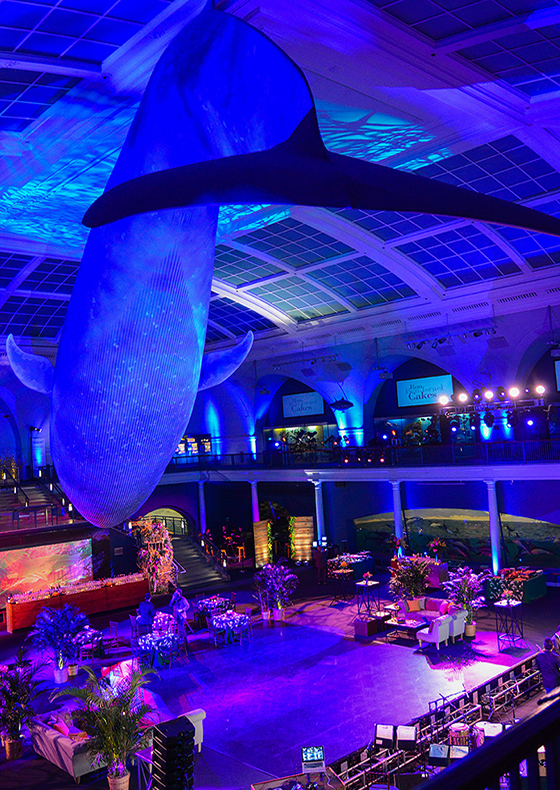Essential Strategies for Enhancing the Lifespan of Your Light Emitting Diode Wall
Wiki Article
Light Emitting Diode walls are growing increasingly popular for various purposes, from advertising to entertainment. To guarantee that these screens operate efficiently over time, it is essential to implement strategies that maximize their lifespan. Comprehending the factors that affect the durability of Light Emitting Diode walls can assist operators maintain their performance and avoid unnecessary replacements.
One of the main elements that can extend the lifespan of an Light Emitting Diode wall is appropriate setup. It is crucial to have a professional team handle the installation procedure to ensure all parts are properly connected. Inadequate setup can result in electrical issues or physical damage. Additionally, the placement of the Light Emitting Diode screen should consider surrounding conditions such as light exposure and moisture levels. A properly set up screen in a suitable location will minimize the chance of damage caused by outside factors.

Regular maintenance is a further crucial strategy to prolong the lifespan of an Light Emitting Diode screen. This includes routine checks to monitor for any indicators of wear or malfunction. Dirt and dirt can accumulate on the top of the Light Emitting Diode screens, affecting brightness and color quality. Wiping the displays with suitable materials will assist keep ideal visibility. It is also important to check the components behind the screen, ensuring that all connections are secure and that there are no heat issues, which can greatly reduce the durability of the components.
Electrical management plays a crucial role in improving the longevity of an LED you can try here wall. Over-voltage or unstable electricity supply can harm the inner circuitry. To prevent this, using a high-quality electric supply and implementing overvoltage protection measures is advisable. Additionally, setting the display to function at reduced luminosity levels when intense luminosity is not required can reduce wear on the LEDs. This not only prolongs the durability of the wall but also conserves energy, making it a cost-effective choice.
In addition, program control can affect the functionality of Light Emitting Diode screens. Consistently updating the program that controls the screen guarantees that it operates smoothly and includes any essential safety patches. Outdated software can lead to performance issues and may expose the system to vulnerabilities. Proper scheduling of programming can also assist with overseeing the demand of the display, allowing it to rest during non-peak hours, which can contribute to a longer durability.
In summary, maximizing the lifespan of an Light Emitting Diode screen involves a combination of appropriate setup, regular maintenance, efficient power management, and diligent software management. By concentrating on these critical strategies, users can guarantee that their LED displays stay functional and visually pleasing for many seasons. Implementing proactive measures will not only improve the performance of the LED wall but also offer a better return on cost over time.